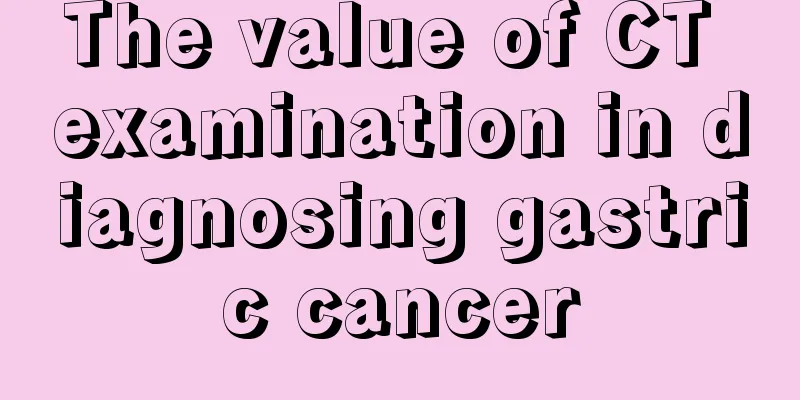The value of CT examination in diagnosing gastric cancer

|
CT examination is one of the commonly used methods for diagnosing gastric cancer. CT is the abbreviation of computed tomography. CT examination mainly observes the size of the gastric cavity, the thickness of the gastric wall, whether the surrounding tissues and organs are invaded, and whether there are signs of lymph node metastasis and distant metastasis, so as to provide imaging data for clinical determination of treatment plans. However, the detection rate of CT examination for gastric cancer in different stages is different. For example, in early gastric cancer, because its lesions are limited to the mucosal layer and submucosal layer, the gastric wall is not thick, so CT is not very useful for the diagnosis of early gastric cancer. In mid- and late-stage gastric cancer, there will be localized or extensive gastric wall thickening and masses, which can be easily detected by CT when the stomach is overfilled, and the later the stage, the easier it is to detect. In addition, the growth of the tumor into or outside the cavity to form an irregular soft tissue mass is another direct sign of gastric cancer CT manifestation. CT can also well display the serosal layer of the stomach. For example, if the outline of the stomach is unclear, the serosal surface is rough, and irregular strips and bands of dense shadows extending to the surrounding area of the stomach are seen in the lesion area, these indicate that gastric cancer cells have broken through the serosal layer and infiltrated around the stomach. The advantage of CT examination is that it is better than barium meal examination and gastroscopy in showing the infiltration of gastric cancer in the gastric wall and growth outside the cavity; its accuracy and sensitivity are better than B-ultrasound in judging the presence or absence of distant organ metastasis and lymph node metastasis. Therefore, upper abdominal enhanced CT can play an important role in staging gastric cancer, judging the resectability and scope of surgical resection, and selecting treatment plans. |
<<: Adjuvant therapy to prevent recurrence after liver cancer resection
>>: Smoking is a risk factor for pancreatic cancer
Recommend
How to prevent prostate cancer
With the change of eating habits, the incidence o...
What does a positive herpes virus IgG mean?
Herpes is a contagious disease that is usually tr...
How to regulate the excessive heat in the body?
To regulate the heat in the body, you can live a ...
Benefits of bloodletting at Zusanli
Zusanli is an acupuncture point on the outside of...
Homemade natural blood stasis remedy - ginger wine for external application
Ginger is a common condiment in life. It is espec...
Is ankle bone cancer hereditary?
Is ankle bone cancer hereditary? Bone cancer is t...
How to prevent recurrence after purpura is cured
Purpura is a very serious disease. Most people wi...
How to manually express milk
For female friends, they all need to enter the br...
Can iron wire worms be eaten
The appearance of iron wire worms in the human di...
How many days does it take for the follicle to mature
Ovular follicle refers to a normal secretion in t...
How to heat fresh breast milk
We have discovered that many of our friends, incl...
How to treat thigh pain
Many people will experience thigh pain. After exp...
Causes of Hamartoma
Hamartoma is a benign tumor whose causes may be r...
B-ultrasound shows low echo area
After completing the B-ultrasound, it was found t...
Which cutting board is the best
Usually, we use cutting boards when cutting meat ...









